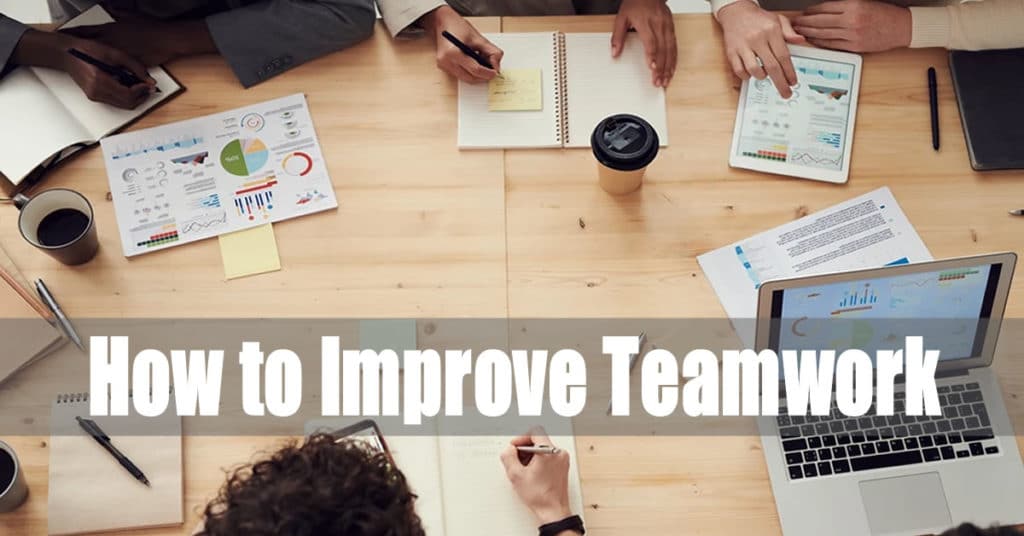Instead of trust falls and a ropes in a typical team building for work course Cooper Consulting Group uses purposeful, experiential activities to bring about a-ha moments in individuals and teams. We have conducted fun survival activities that highlight communication, commitment, buy-in, decision-making, and teamwork as people work through a scenario we provide.
We split the team into two to five groups- based on our overall workshop size. We try to have an observer participant for each group and have a sidebar with them as to their precise role. We then read a scenario prompt once to everyone, listening is an important skill that is used here.
Next, we share a sheet of 15 items the group needs to organize in order of importance to their survival. We provide a time for the group to meet up and create their list.
Of course, the goal is never on the list! This exercise can quickly turn into a competition, which is not necessarily the goal either.
We ask a variety of debriefing questions: “How did you pick a leader?” “Was the leader selected or did he or she self-select themselves?” “How did you decide to decide?” “What did you observe about Yourself” “What about others on your team?” “How did you go about creating your list?” “What did you notice about the other group?” These are just a handful of our questions.
This exercise can often illuminate how silos are created. In the instructions, we never indicate someone can’t work with another group! But all too often, in fact, 100% of the time (so far) no team has asked another team how they plan to approach this task. Participants seem to always naturally take on a competitive versus collaborative nature. We drill down even further with artful debrief questions to highlight trust, collaboration, best practices, and more.
Of course, to honor people who may prefer introversion we conduct activities in pairs or trios as well. We use an activity called How to Work with Me and ask team members to come up with three things they would like someone else to do for them when communicating.
This short, bulleted list is then shared in pairs, and people switch partners until they have talked with everyone on the team. If there is an odd number of participants, we use trios. One can feel the energy and the buzz in the room as people share what their needs are with each other.
Team building is more than just going out for lunch or dinner, although “breaking bread” does allow for a deeper touchpoint with each other. If you are not sure what the team expects, just simply ask them.
What is the main purpose of team building?
The main purpose of team building is to create connections, team cohesion, increase communication, alleviate tension and conflict, allow for new learning, repair relationships, build trust among team members, and just have plain fun. Research has shown when team members can have fun employee morale increases. It has been noted having fun in the workplace can reduce stress, reduce turnover, and increase colleague appreciation.
We have observed firsthand in our sessions where, trust as an example, shows up as an area that the team is not good at. There may be thoughts and feeling the organizer or leader of the group is not aware of. Perhaps psychological safety is not practiced in the workplace.
Our expert team is trained to see these signs, and if necessary and appropriate, will adjust the content on the fly for the group. The goal is to use time with a skilled facilitator who can walk the team through what may be perceived as a scary and difficult conversation, so the outcome results in improved communication and trust.
In our sessions, based on our client’s objectives we may highlight the three basic interpersonal needs of people based on the research of William Schutz, Ph.D. Dr. Schutz was tasked by the United States Army to devise a method to predict who would work well together.
Out of Schutz’s research, he created the FIRO theory. The Fundamental Interpersonal Relations Orientation (FIRO), measures three basic interpersonal needs for people which have been the equivalent of the basic physical needs that must be met: food, water, and shelter.
The FIRO-B® assessment measures;
- Involvement: Inclusion, participation, recognition, belonging, and how a person relates to groups.
- Influence: Control, leadership, responsibility, and decision-making authority.
- Connection: Warmth, understanding, closeness, openness, and how a person relates to other individuals.
The FIRO® instrument can shed light on how many groups touch, control, and person one on one interaction everyone needs.
What is a productive team building exercise?
At Cooper Consulting Group we identify the objectives that clients are looking for in a training workshop. Then we artfully create exercises to bring to life that aspect the client might be looking to solve for. A recent example is a client asked us to conduct a team building exercise at a kickoff dinner. They wanted something fun, lighthearted, and engaging.
This client is in the entertainment space and like most of us has been working virtually for the past several years and felt that some team members almost suffered PTSD-like symptoms because of sudden remote work. As a result of working remotely, the team became siloed and contentious with each other.
Our recommendation was an experiential activity to engage learners first in pairs, with the ultimate result to work collectively as one team. Then we did a group debrief to capture thoughts, learnings, and any aha-moments participants had.
Virtual team building activities
The first key to virtual team building activities is to share the webcam. It is just about impossible to make a personal connection with a person’s picture or initials on a Zoom or Teams meeting. Our team of expert facilitators has successfully delivered hundreds of virtual sessions.
We find that small group interactions happen best using virtual break-out rooms. Using powerful prompts that engage the Participants we find that the use of break-out rooms with groups of 3 to 5 people allows for individuals to connect and learn from each other. Curiously, we always ask the question: “If something prevents you from sharing your webcam or answering questions just send us a chat.” This simple question allows us to respect what is going on in one’s “home office.” No pressure, just respect.
In our work with thousands of people, we have crafted the very best virtual activities to allow workshop participants to understand their colleagues more. In fact, we have found in many situations teams have never even met in person. We love these scenarios and can provide a rich experience for everyone.
We offer customized training and are happy to provide a training product exactly for your team. We also offer several “off the shelf” workshops, such as Building a More Effective Workplace using DISC. In this 90-minute module, participants gain the opportunity to improve their own self-awareness and how others may view them. Or try the 3-hour program (built virtually into two 90-minute modules) and the team learns about the dynamics of the team, their group culture from a personality perspective, and tips to work effectively with each other.




